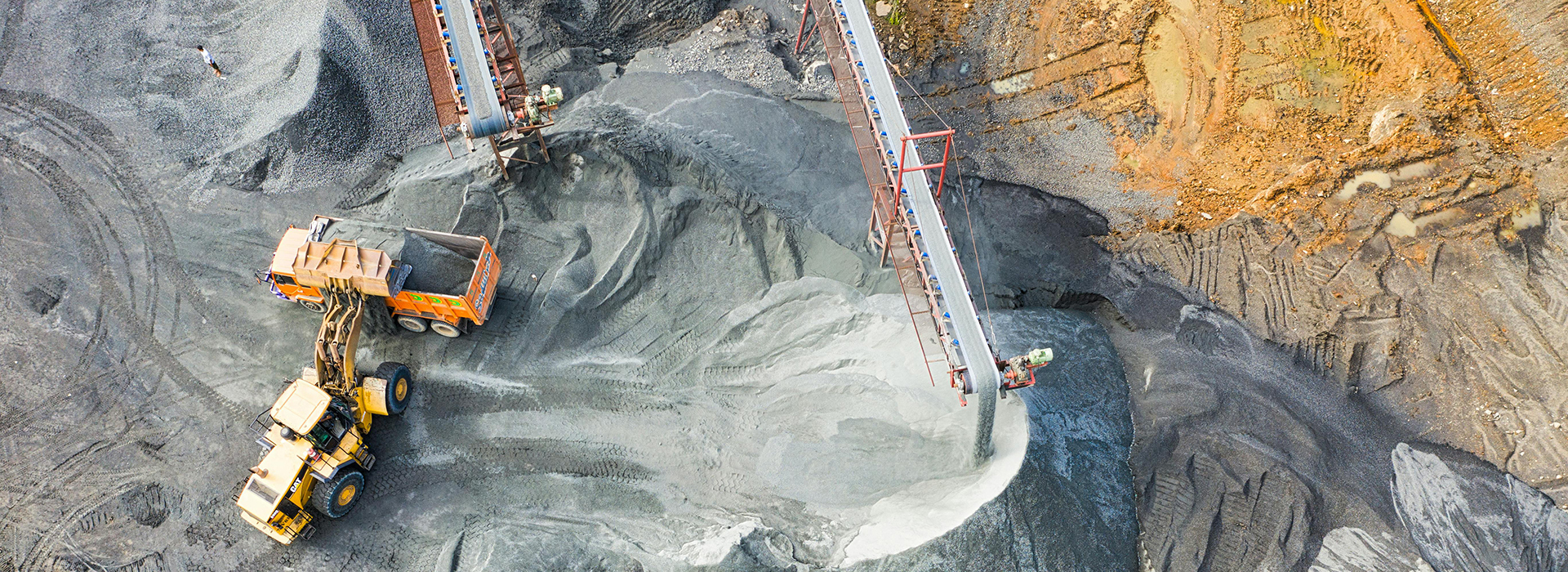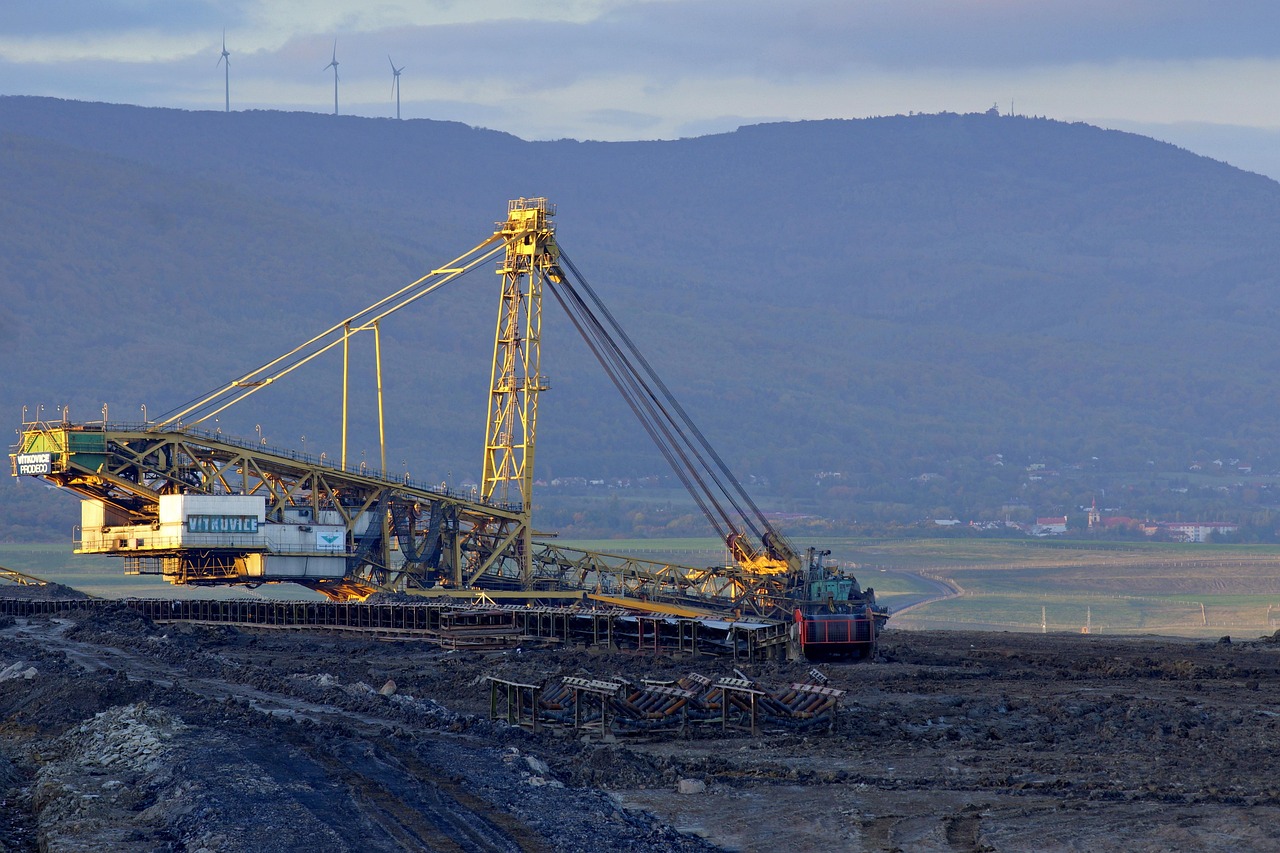
How To Speed Up A Conveyor Belt?
2025-08-21 13:53Typically, the speed of a conveyor belt can be adjusted by adjusting the motor speed. The speed can be adjusted based on production needs and material handling requirements.
Some conveyor belts are also equipped with a speed regulator, which allows for manual or automatic speed control.
Specific operation methods:
1. Frequency Converter Speed Control: The motor speed is controlled by a frequency converter, allowing the conveyor belt speed to be adjusted according to actual needs.
2. Adjusting the Tensioning Device: If the conveyor belt uses a tensioning device such as rollers and idlers, the friction between the belt and the drive roller can be adjusted by adjusting the length of the tensioning screw, thereby adjusting the conveyor belt's speed.
3. Manual Speed Control: Some belts are equipped with a manual speed control. Rotating the speed control switch changes the motor speed, thereby adjusting the conveyor belt's speed.
4. Automatic Speed Control: Some newer belts are equipped with an automatic speed control system, which adjusts the conveyor belt's speed according to actual needs without manual intervention.

So, do you understand the reasons why conveyor belts slow down?
1. Conveyor belts in the mining industry are often placed outdoors, susceptible to the effects of weather and the production environment. This accelerates the wear of idlers. Furthermore, due to the harsh production environment, the high dust levels in mining operations easily enter the idlers, making the idler lubricant thicker and increasing the resistance to idler operation. This increases friction as the conveyor belt moves over the idlers, reducing the conveyor belt's speed. Therefore, roller lubrication is an essential task for mining equipment operators.
2. After long-term use, the conveyor belt's lower layer constantly rubs against the rollers, causing it to stretch. This stretched belt loses contact with the rollers during operation, resulting in insufficient friction and causing the rollers to idle. The conveyor belt in a conveyor accounts for approximately half of the total cost of the equipment, especially for high-angle belt conveyors used in the mining industry. Therefore, monitoring the operating status of the conveyor belt is crucial for proper equipment operation.
3. Overloading a belt conveyor can also affect the speed of the conveyor belt. If the feeding amount exceeds the maximum conveying capacity of the conveyor during the operation of the equipment, it will easily cause the equipment to be overloaded, increase the load on the motor, and shorten the service life of the equipment.
